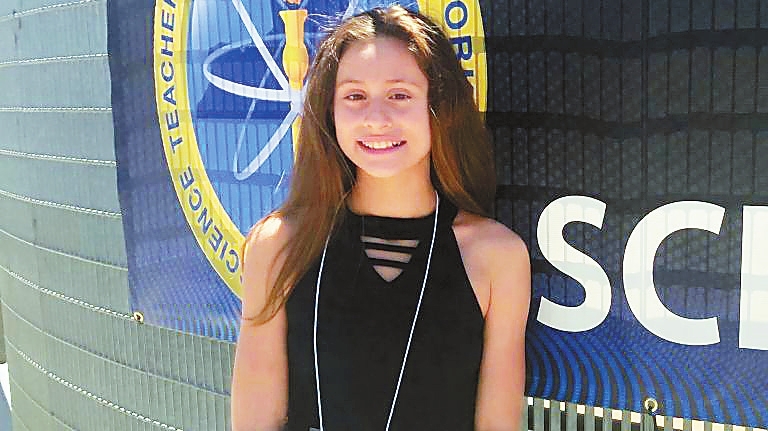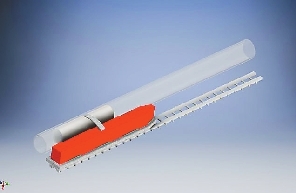

13岁少女打败马斯克?她的设计或超越“超级高铁 Growing up in Long Island, New York, the United States, 13-year-old Caroline Crouchley is all too familiar with the country’s archaic train systems. “My dad and brother take the train to [Manhattan] every day, so its a big part of my life,” Crouchley tells CNBC Make It. She hears firsthand every day about the overcrowded trains, delays and long commute times. And with environmental concerns looming large, especially among her eighth-grade classmates, Crouchley set out to create a better solution to commuting. What she came up with was a new take on Elon Musk’s proposed hyperloop, an ultra-high-speed transit system that would send self-propelled transportation pods through low-pressure vacuum tubes at speeds of about 700 miles (1,127km) per hour. Her idea won her second place in the 2019 3M Young Scientist Challenge this week in the United States. “Elon Musk’s hyperloop is really expensive,” Crouchley says. In 2013, when Musk announced the plan for the Hyperloop, he estimated the cost of a building a route from Los Angeles to San Francisco for this new underground tube project at around US$6 billion to US$7.5 billion, (though some projects could cost significantly more), and it would take 20 years to build. Crouchley also believes there are safety risks involved with transporting people through vacuum tubes. “So I wanted to see if there was a different design that we could do that still used renewable energy,” she said. What Crouchley came up with “has a simpler design, can be more easily constructed, can utilize the existing footprint of rail right of ways and is cheaper to build,” Crouchley told Fast Company. For her design, Crouchley says she utilized Musk’s pneumatic tubes, but instead of having passengers travel inside the tubes via pods, her idea was to use the pods and tubes to propel existing trains. Crouchley’s design calls for tubes to be built next to train tracks. A shuttle that travels inside the tubes would attach via a magnetic connector arm to existing trains outside the tube. When the shuttles were propelled via renewable energy (like solar and wind power) through the tubes, they would move the train at speeds faster than trains currently go in the United States, but not as fast as Musk’s hyperloop is projected to go. (The fastest train in the U.S. is Amtrak’s Acela, which can reach speeds of 150 miles per hour in a few areas of track, but averages about 82 miles per hour.) “In my first prototype, I made the pneumatic tube and shuttle on the side of the train with a connector arm that connects the shuttle and the train,” she says. But the connector arm kept disconnecting, causing the train to stop running, so she had to go back to the drawing board. Crouchley is now working on another prototype that has the pneumatic tube underneath the train instead of alongside it, so it’s attached to the train at all times. Through it all, Crouchley says she learned a lot through the process — which is that building something isn’t easy. “My advice for people who are building something is that it is most likely going to break or get messed up or not work the way you want it too, but it’s all part of learning, so you have to keep going at it,” she says. While Crouchley says no one from Musk’s team has reached out to her or her parents, she looks up to Musk and his work and hopes to have a career that is related to math and science in the future. (SD-Agencies) A rendering of Caroline Crouchley’s pneumatic train.” | 
